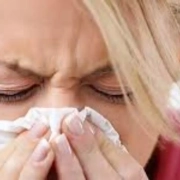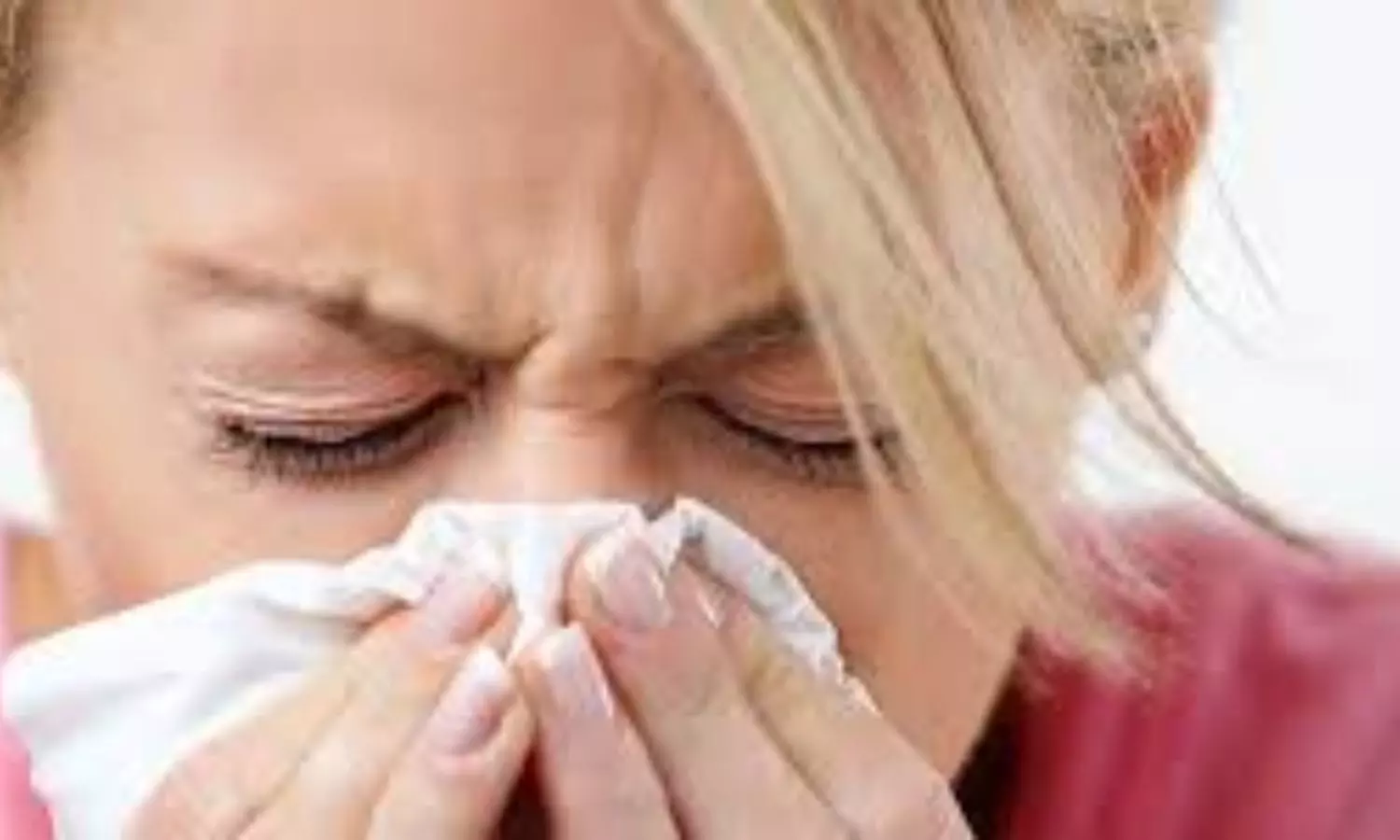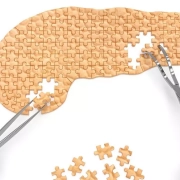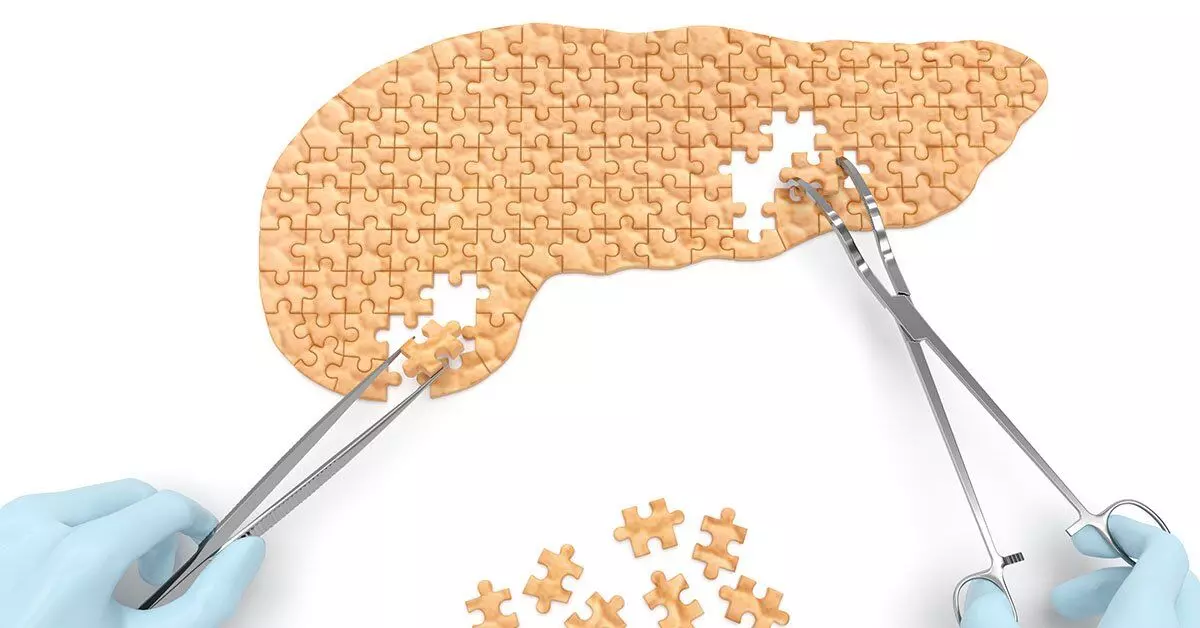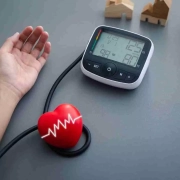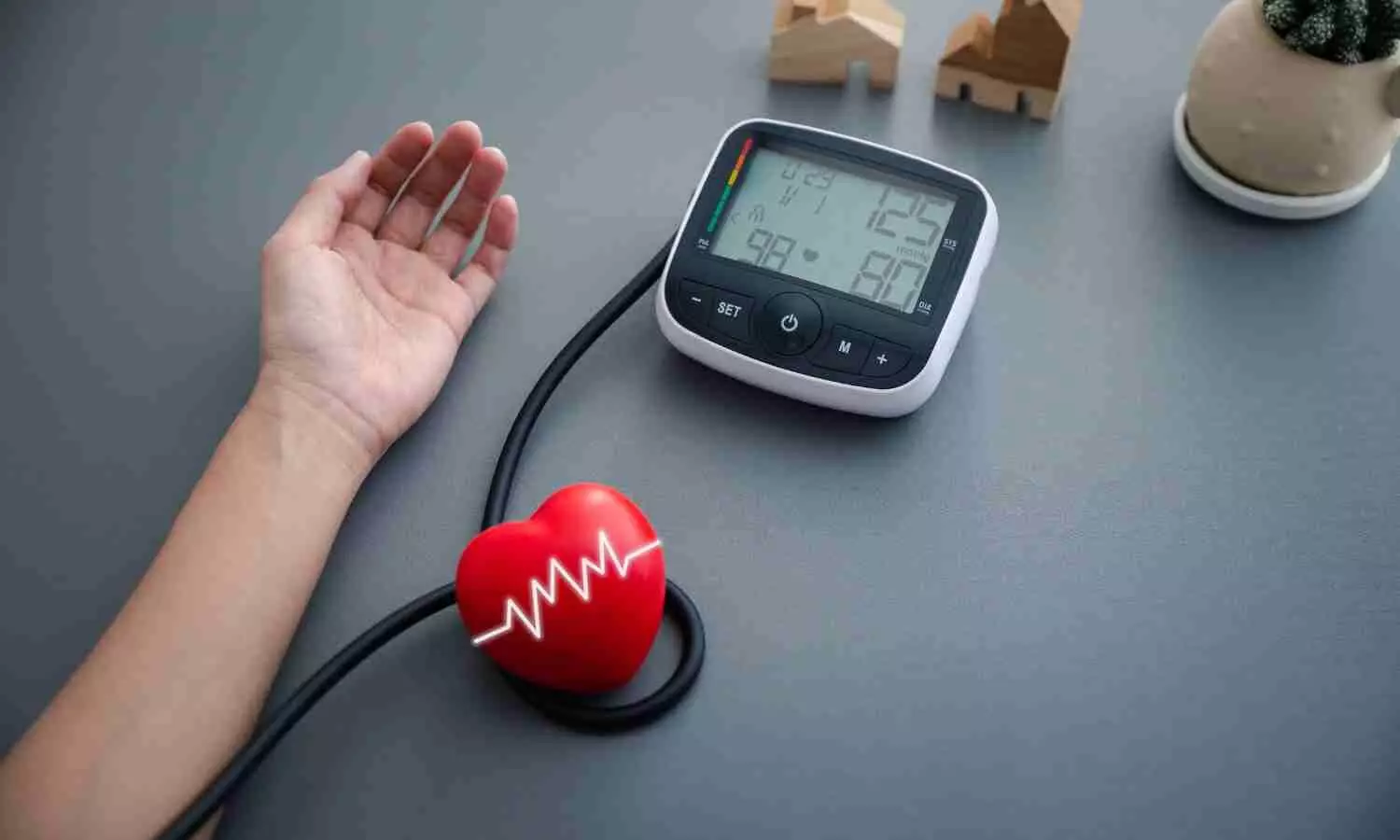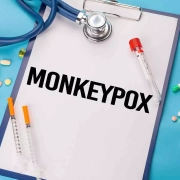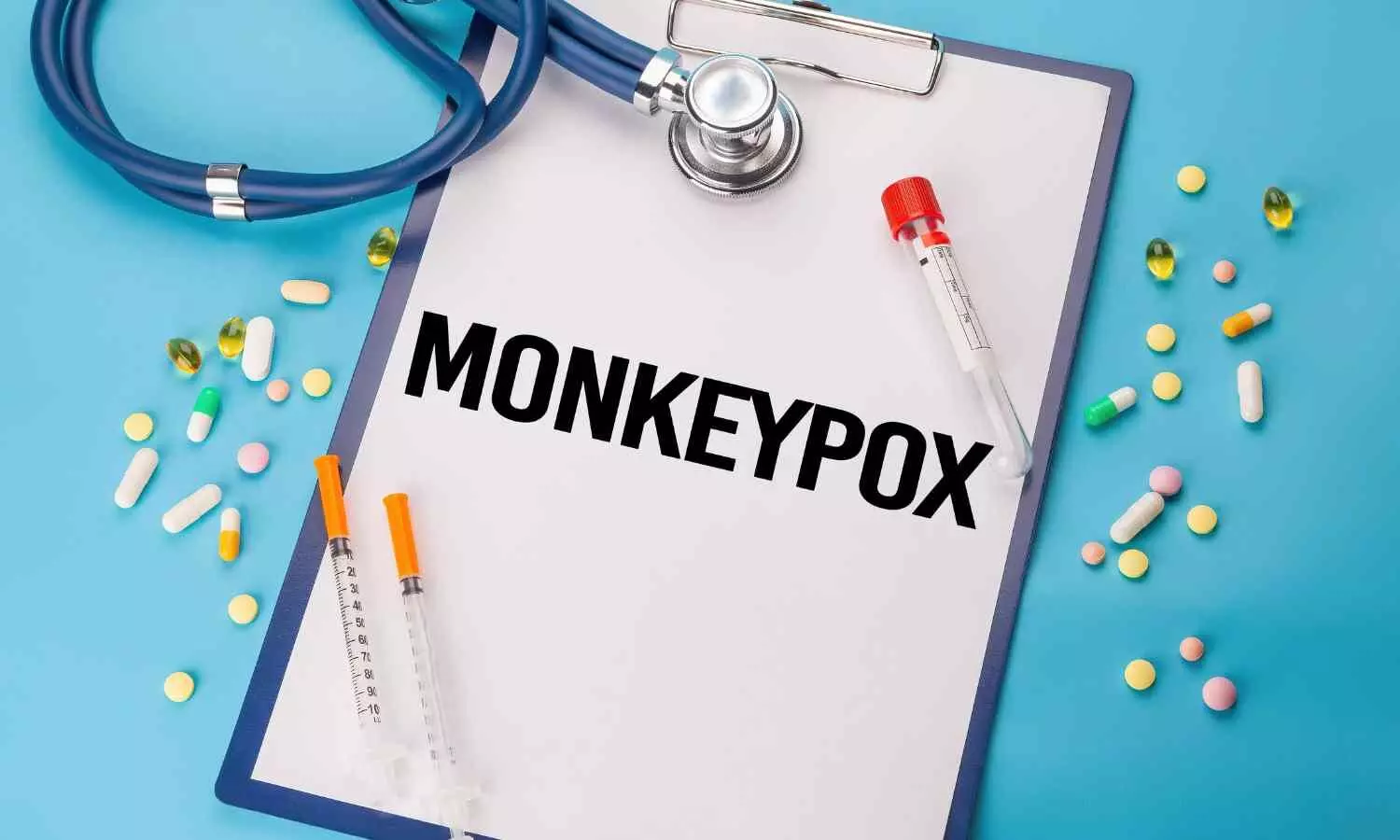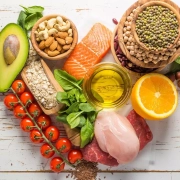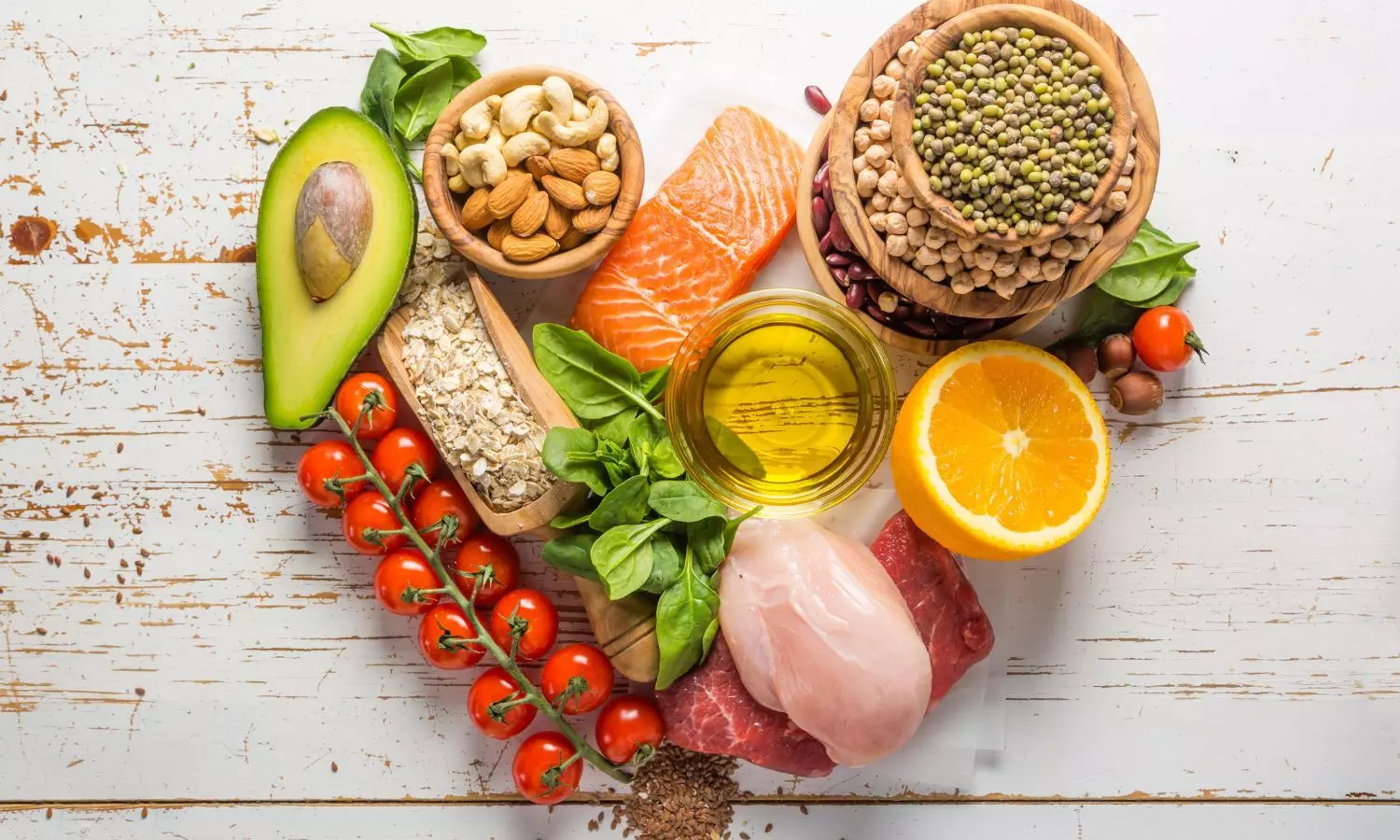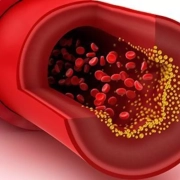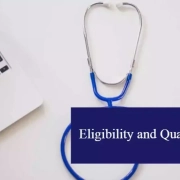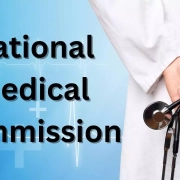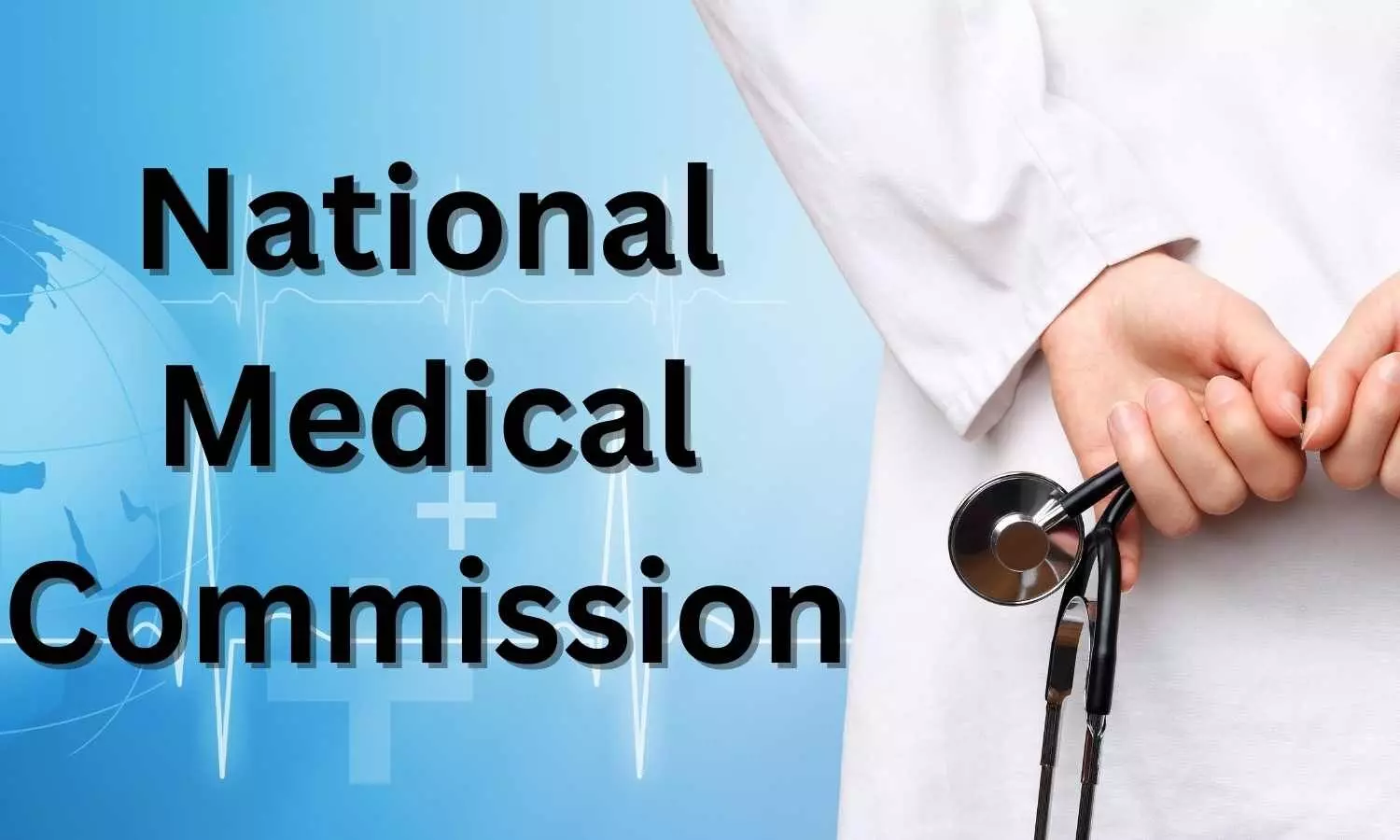
New Delhi: The National Medical Commission’s (NMC) panel, which was formed based on the Supreme Court’s directions to examine the issue of advertising by corporate hospitals, is going to submit its recommendations to the Supreme Court.
Reaching a consensus, the NMC panel has opined that the rules of advertisement shall be the same for the corporate hospitals as well as for the doctors and other health facilities, The Print has reported.
Endorsing the rules suggested last year in the National Medical Commission Registered Medical Practitioner (Professional Conduct) Regulations, 2023, the panel has expressed its opinion that only “ethical” advertisements by corporate hospitals should be allowed.
The NMC panel was formed after a Public Interest Litigation (PIL) was filed before the Supreme Court by Dr. Aniruddha Malpani, who highlighted that even though private medical practitioners are barred from advertising, such a restriction does not apply to corporate hospitals.
Medical Dialogues had earlier reported that by filing the PIL, Dr. Malpani had sought directions to frame comprehensive guidelines to be followed by the Corporate Hospitals, to ensure safe and ethical advertising and to have a holistic solution to the problem of illegal advertising. Further, the plea also sought to prevent indirect branch of the statutory regulations by doctors affiliated with Corporate Hospitals.
Also Read: Should there be rules to govern advertisements by Corporate Hospitals? NMC forms panel to decide
Based on the Apex Court’s directions, an NMC panel was formed and the Apex Medical Commission decided that the panel would examine whether there should be specific rules to govern advertisement by corporate hospitals.
What the NMC Panel has Suggested?
The Print has reported that the seven-member NMC panel has reached a consensus that the ethical norms related to advertisements applicable to doctors should be extended to the hospitals, including the corporate hospitals. Last month, the panel held a meeting and the minutes of the meeting stated that since the Code of Ethics Regulations 2002 refers to the medical profession and not medical professionals, NMC can prescribe rules of advertising for the hospitals as well.
“Section 10.1.(h) of the Indian Medical Council (Professional Conduct, Etiquette And Ethics) Regulations, 2002 clearly says that ‘…laid down policies and code to ensure observance of professional ethics in medical profession…’ and not by medical professionals, which clearly means that NMC can interfere in the hospitals also,” stated the minutes of the meeting.
“So, it can be safely said that the committee (NMC panel) can make regulations in this matter if the Hon’ble Court thinks it is required,” the NMC panel further observed in this regard.
Further, the minutes of the meeting further stated that the NMC panel members have suggested that the guidelines should be issued for “unethical” advertisements by corporate hospitals but “they should not differ from the already existing professional conduct content, which are already in abeyance.”
In this regard, NMC member and chairman of the NMC Panel, Dr. Yogender Malik informed The Print that the panel was in the process of preparing a report based on the suggestions made by its members. Following this, the report will be submitted to the Supreme Court.
Also Read: Breaking News: NMC puts its controversial Registered Medical Practitioner (Professional Conduct) Regulations, 2023 on hold
Can Doctors Advertise?
The issue of advertising by doctors and hospitals had been addressed in the Code of Medical Ethics, 2002 as well as the NMC RMP (Professional Conduct) Regulations, 2023, which were later withdrawn by the Commission.
Addressing the issue of advertising, the Indian Medical Council (Professional conduct, Etiquette and Ethics) Regulations, 2002 stated the following:
“6.1 Advertising:
6.1.1 Soliciting of patients directly or indirectly, by a physician, by a group of physicians or by institutions or organisations is unethical. A physician shall not make use of him / her (or his / her name) as subject of any form or manner of advertising or publicity through any mode either alone or in conjunction with others which is of such a character as to invite attention to him or to his professional position, skill, qualification, achievements, attainments, specialities, appointments, associations, affiliations or honours and/or of such character as would ordinarily result in his self aggrandizement. A physician shall not give to any person, whether for compensation or otherwise, any approval, recommendation, endorsement, certificate, report or statement with respect of any drug, medicine, nostrum remedy, surgical, or therapeutic article, apparatus or appliance or any commercial product or article with respect of any property, quality or use thereof or any test, demonstration or trial thereof, for use in connection with his name, signature, or photograph in any form or manner of advertising through any mode nor shall he boast of cases, operations, cures or remedies or permit the publication of report thereof through any mode. A medical practitioner is however permitted to make a formal announcement in press regarding the following:
- On starting practice.
- On change of type of practice.
- On changing address.
- On temporary absence from duty.
- On resumption of another practice.
- On succeeding to another practice.
- Public declaration of charges.
6.1.2 Printing of self photograph, or any such material of publicity in the letter head or on sign board of the consulting room or any such clinical establishment shall be regarded as acts of self advertisement and unethical conduct on the part of the physician. However, printing of sketches, diagrams, picture of human system shall not be treated as unethical.”
What was recommended in NMC RMP (Professional Conduct) Regulations 2023?
The rules regarding the nature of advertisements by corporate hospitals had also been addressed in the NMC RMP (Professional Conduct) Regulations, 2023, which NMC later withdrew.
These regulations allowed “ethical” advertisements by both individual doctors and health facilities. Section 11 of the regulations dealt with the issue of Advertisement and it stated the following:
11. Advertisement:
A. RMP is permitted to make a formal announcement in any media (print, electronic or social) within 3 months regarding the following: (1) On starting practice (2) On change of type of practice (3) On changing address (4) On temporary absence from duty (5) On resumption of practice (6) On succeeding to another practice (7) Public declaration of charges. (L2).
B. RMP or any other person including corporate hospitals, running a maternity home, nursing home, private hospital, rehabilitation center, or any type of medical training institution, etc. may place announcements in the print, electronic and social media, but these should not contain anything more than the name of the institution, type of patients treated or admitted, kind of doctors and staff training and other facilities offered and the fees. (Guidelines on social media conduct) (L1 and/or L2)
C. RMP is allowed to do public education through media without soliciting patients for himself or the institution (L2)
Also Read: How to regulate advertisements by corporate hospitals? Supreme Court asks NMC, Centre



